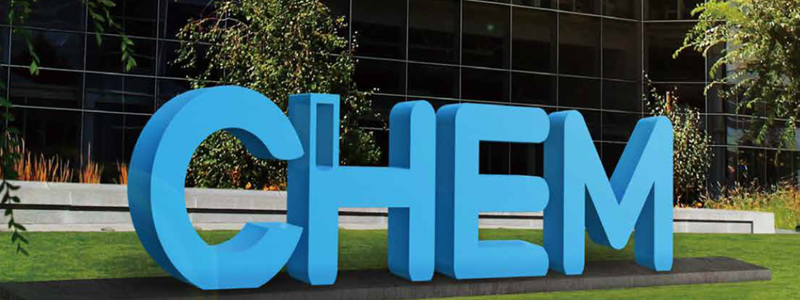
Polyamines in food and in fixing agent
The polyamines spermine, spermidine, and putrescine are involved in various biological processes, notably in cell proliferation and differentiation, and also have antioxidant properties. Dietary polyamines have important implications in human health, mainly in the intestinal maturation and in the differentiation and development of immune system. The antioxidant and anti-inflammatory effect of polyamine can also play an important role in the prevention of chronic diseases such as cardiovascular diseases. In addition to endogenous synthesis, food is an important source of polyamines. Although there are no recommendations for polyamine daily intake, it is known that in stages of rapid cell growth (i.e., in the neonatal period), polyamine requirements are high. Additionally, de novo synthesis of polyamines tends to decrease with age, which is why their dietary sources acquire a greater importance in an aging population. Polyamine daily intake differs among to the available estimations, probably due to different dietary patterns and methodologies of data collection. Polyamines can be found in all types of foods in a wide range of concentrations. Spermidine and spermine are naturally present in food whereas putrescine could also have a microbial origin. The main polyamine in plant-based products is spermidine, whereas spermine content is generally higher in animal-derived foods. This article reviews the main implications of polyamines for human health, as well as their content in food and breast milk and infant formula. In addition, the estimated levels of polyamines intake in different populations are provided.
Polyamines and Health
Polyamines play an essential role in cell growth and proliferation, the stabilization of negative charges of DNA, RNA transcription, protein synthesis, the regulation of the immune response, apoptosis, the regulation of ion channels, particularly by blocking potassium channels, and as antioxidants .
The antioxidant activity of polyamines mainly affects membrane lipids and nucleic acids. Spermine is the polyamine with the strongest antioxidant properties, associated with its higher number of positive charges. The main mechanism of polyamine antioxidant action is metal chelation, which prevents the formation of hydroperoxides and delays the generation of secondary oxidation compounds . It has also been proposed that polyamines can eliminate free radicals, especially in lipophilic media.
Polyamines products are available for industrial use purpose, for details please Contact TIAN@CHEM.NET.
Keywords: Polyamine, polyamines,fixing agent polyamine
 Previous
Previous  Next
Next Get answers and advice from people you want it from.